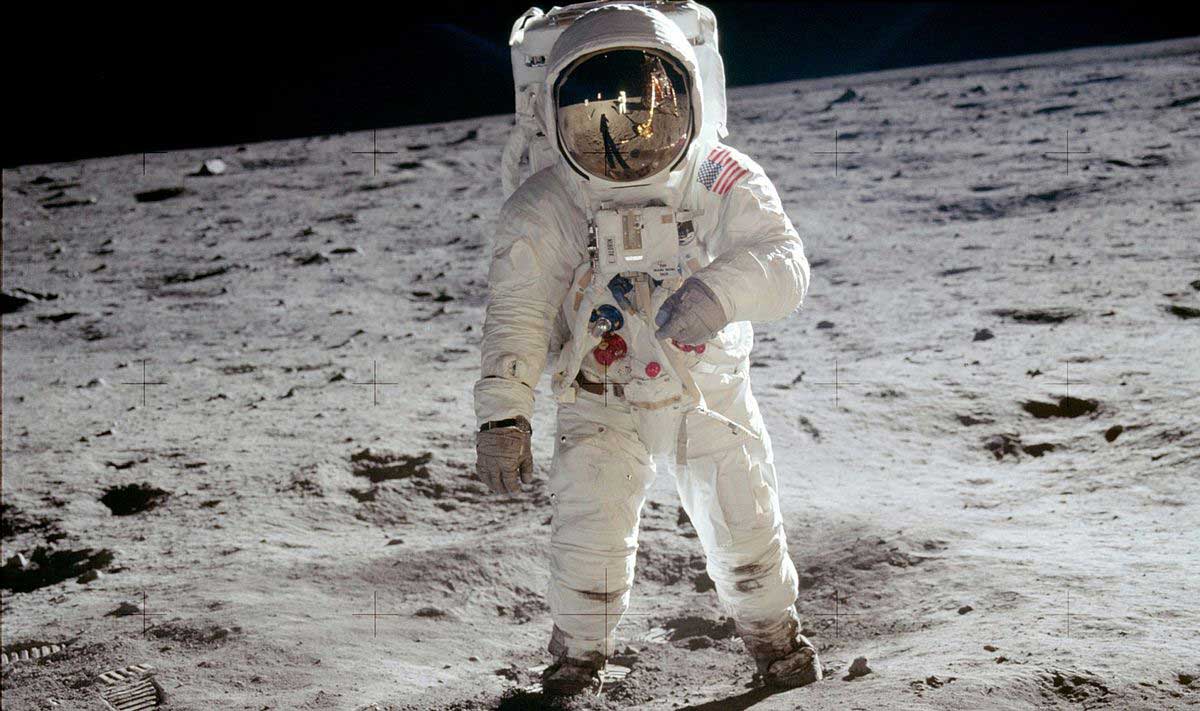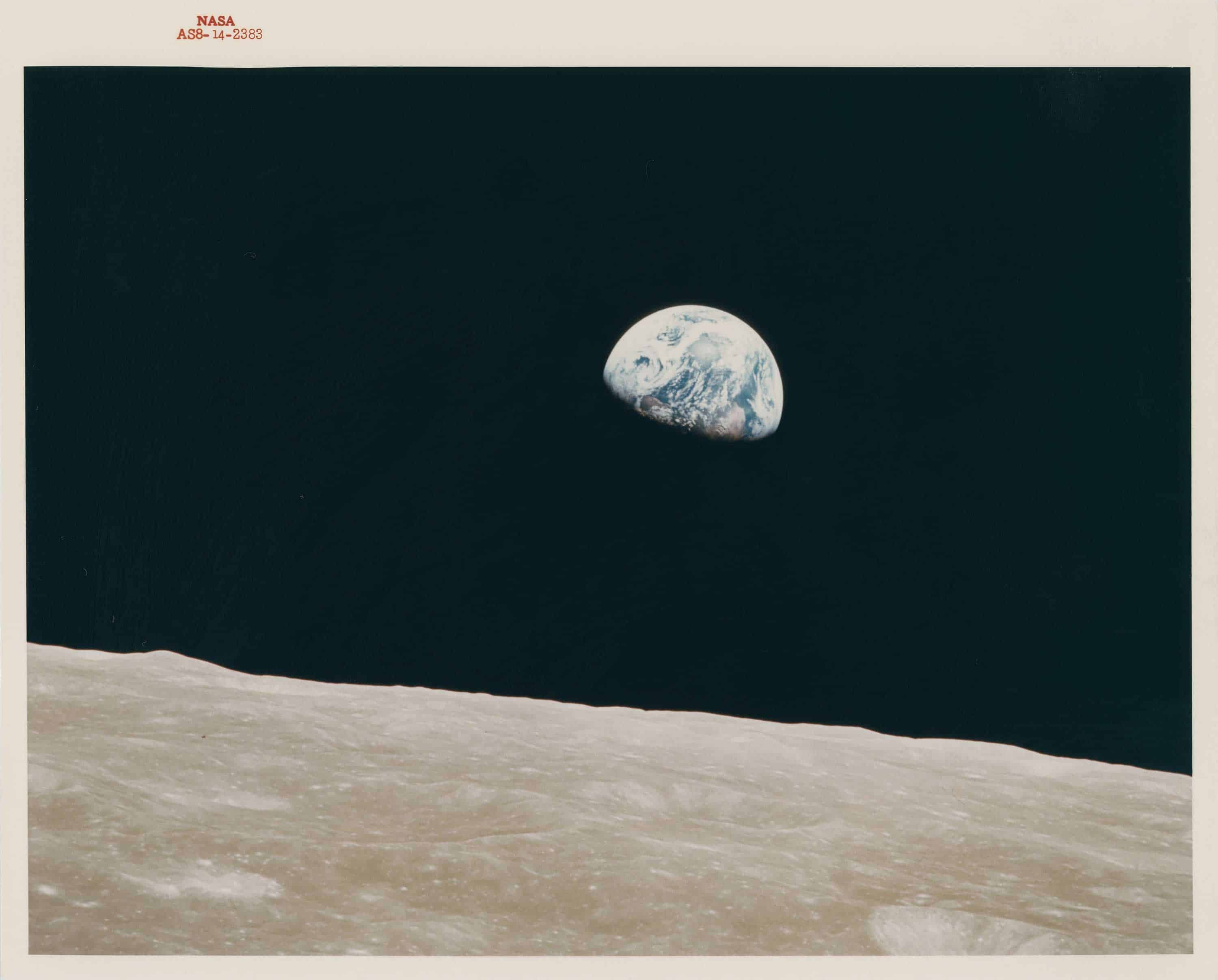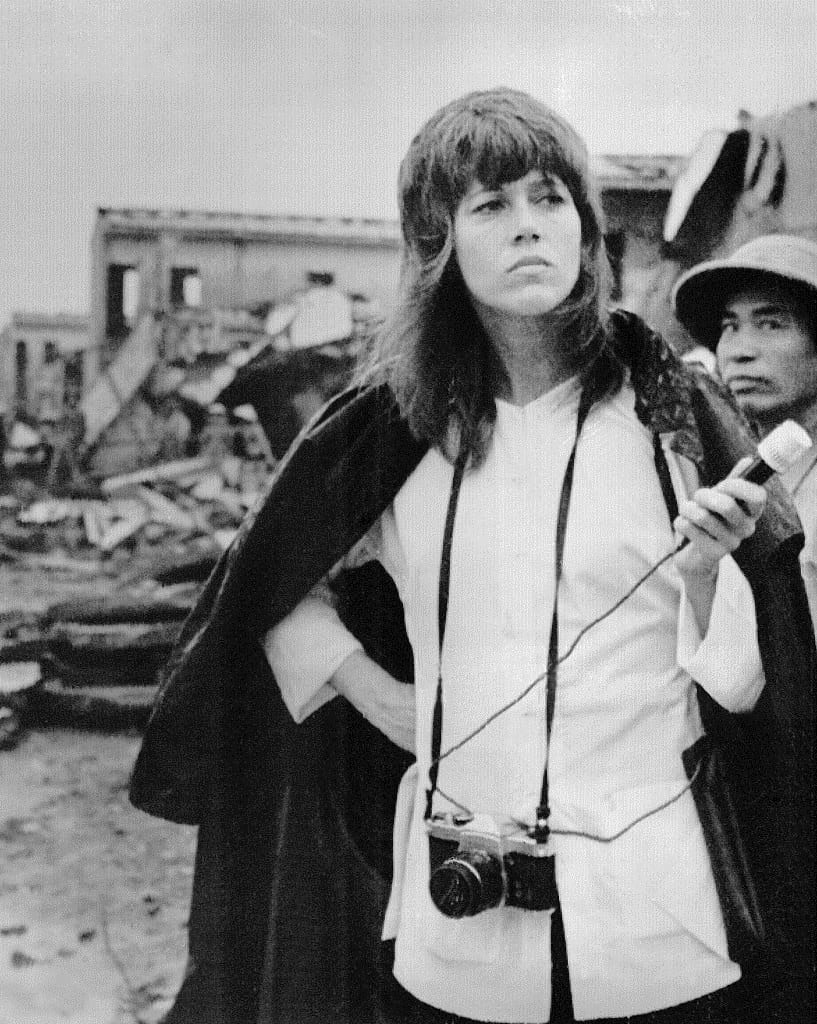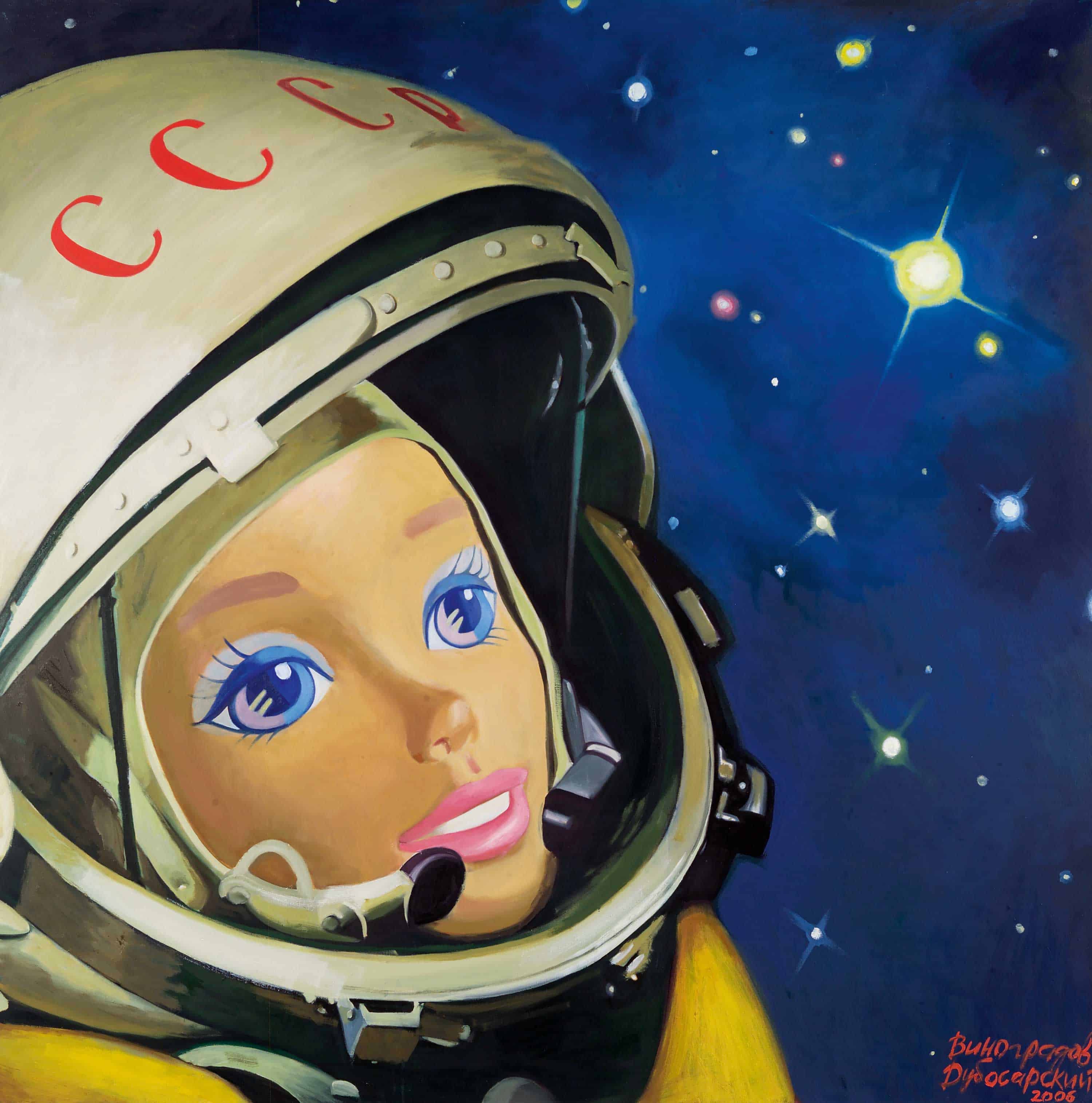In the year 1969, audiences found themselves enraptured by the Apollo 11 mission. The events transpiring over fifty years ago, on the 20th of July, have forever changed the public’s view of the world. Up until that point, people could have only imagined what space would look like. The man did ultimately walk on the moon and more importantly return safely to earth. The mission continues to stimulate our imagination and provide hope for other astonishing discoveries.
This year, multiple cultural events embrace this staggering civilizational achievement as their theme and main source of inspiration. The historic moon landing often alludes to these days. It seems worth poring over these references’ exact contexts.

Buzz Aldrin on the Moon
Symbol of a Dream Come True and Conspiracy Theories
In case of the 9th edition of Transatlantyk Festival (12- 19 July 2019), film and music offer audiences a chance to ruminate over the nature of dreams, inspirations and stirring impulses of the humankind. The festival’s reminiscence of the moon landing epitomised something extraordinary and creatively inciting. References to this phenomenal journey were also injected into the works featured on the exhibit entitled “Fly to the Moon. The Moon Landing 50 Years On” (Kunsthaus Zürich). On the one hand, the Apollo 11 mission evokes an immense power one might wield someday, a figurative vessel for endless possibilities of human imagination. On the other hand, it could raise such issues as the authenticity of the medium of photography, as well as suggest people’s proclivity towards conspiracy theories. The latter implications of the 1969 NASA mission have captured the imagination of Thomas Herbrich whose black-and-white photographs with inscriptions are currently on display in the Leica Gallery in Warsaw. The solo show “The Truth about the Moon Landing” tells the artist’s version of the story (12 June- 27 July 2019).

Mondlandung Anders, Nasa, Apollo 8
Hasselblad on the Moon
The majority of pictures taken by the Apollo 11 crew has already acquired the cult status. In 21 hours they spent on the moon, Armstrong and Aldrin managed to take hundreds of photographs documenting every sample. They also gathered substantial video footage. The original materials accompanied by TV broadcast produced visual and material representations of space that people had only been capable of imaging. The photograph of Buzz Aldrin strolling on the moon was featured on the cover of LIFE magazine from August, 1969 under the headline “To the Moon and Back.” The reflection on the helmet’s shield portrayed the actual view in front of the astronaut. Neil Armstrong himself created one of the most recognisable images of the 20th century. What is more, the pictures of a human silhouette on the moon and Edwin E. Buzz Aldrin saluting the American flag are now considered iconic. In preparation for this exceptional landing, NASA needed to select the equipment that would successfully capture every stage of the mission. The astronauts were therefore furnished with a number of customized Hasselblads. Two cameras were used up on the mission, only one of them returned home. The remaining camera bodies were left on the moon owing to the specific goals of the mission and the need to transport the rock samples back to earth. A total of twelve Hasselblad 500EL EDC cameras were discarded on the Silver Globe. The crew took only KODAK films that preserved the images which were soon to redefine the future of humankind.

Hasselblad 500 EL, Moon Camera.
The authenticity of the Medium of Photography
The authenticity of the abovementioned images is frequently called into question. Some people claim the pictures were taken by an anonymous photographer from NASA instead of Neil Armstrong. Other sceptics point at the flapping flag, which in their opinion should have been impossible in space. The counterargument posits that the flag moves only when touched by Buzz Aldrin, not on its own.
The moon landing occurred during the Cold War, the time of rivalry between the Soviet Union and the US. Presumably, the powers that be in the former USSR would have exposed the American hoax if only they had collected any evidence. As the years go by, the public’s imagination runs wild. The American triumph breeds countless conspiracy theories.
Nevertheless, any person’s experience of contemporary culture was shaped by certain images that went down in history. And yet a current discourse touches upon misinformation, combating fake news or inaccurate reporting. Only fifty years ago every image’s authenticity was taken at its face value, whereas these days the genuineness of the medium of photography is often questioned mainly due to the opportunities for image manipulation. However, one should bear in mind that even those images the authenticity of which is still disputed have etched themselves firmly into the public’s mind.
Thomas Herbrich, The Truth about Moon Landing.
Thomas Herbrich, The Truth about Moon Landing.
The following examples of this type of images bear testimony to their limitless power.
1. The Spanish Civil War – Horrifically Straightforward
Robert Capa, the Falling Soldier, 1936 – a Hungarian photographer, whose actual name is Endre Ernő Friedman, honed his craft during the Spanish Civil War (1936-1939). The photograph taken on the battle lines near Córdoba depicting the moment of death of a fighting soldier earned him international acclaim. Possibly the most famous war photograph in the world, the image became the very emblem of the civil war in Spain. Still, doubts have been raised over the authenticity of the photograph ever since the early 1970s. Questions, whether the photograph was staged, are still being asked.

Robert Capa, the Falling Soldier, 1936
The Spanish researchers concluded that Capa’s photograph is indeed a fake based on the location. No battles took place on the scrutinised terrain. Perhaps the man in the picture died while posing, perhaps he wasn’t even an active soldier at all. He simply might have been fatally shot by a sniper while Capa set the scene himself, which would implicate him to some extent in a man’s murder. As a result, the origins of the photograph at hand remain ambiguous. What is more, Robert Capa was then accompanied by his partner Gerda Taro, one of the first female war photographers. Taro’s own pictures are hard to identify.
“If your photographs aren’t good enough, you’re not close enough” – Capa once stated. In this case a photographer would have abandoned his own maxim, which might have as well been only forming in his mind. Anyway, the photographer cited this very principle in his pictures depicting D-Day (i.e. the Normandy landing) taken in 1944.
A highly recommended documentary entitled “The Mexican Suitcase” showcases the photojournalists’ work during Spain’s civil war. In 2007, the director Trisha Ziff discovered over 45,000 negatives of famous photographs taken during the Spanish Civil War by Robert Capa, Gerda Taro and David “Chim” Seymour. The negatives were stored in three boxes dubbed as “the Mexican suitcase.” Their journey to Mexico City remains a mystery. For over seventy years, the pictures were placed among the belongings of the general Aguilar, a former Mexican ambassador.
The Mexican Suitcase
dir. Trisha Ziff
documentary film, Spain/Mexico/USA, 2011, dur. 86’

Niemiecka propagandowa inscenizacja na przejściu granicznym między Polską a Wolnym Miastem Gdańskiem w Kolibkach, Narodowe Archiwum Cyfrowe, Polska
2. Gdańsk and the Symbol of September ‘39
Hans Sönnke, German troops removing the Polish border crossing, 1939 – our perception of the past has been determined by a number of iconic images, including those referring directly to the history of Poland. This particular picture was taken by Hans Sönnke, a pre-war photographer from Gdańsk and the artist behind the still cherished visual account of life and architecture in the Free City of Danzig.
This photograph came to symbolize the outbreak of World War II, and as such is often reproduced in history monographs and textbooks. The staged photograph, which was in fact used for Nazi propaganda, is supposed to capture German soldiers crossing the Polish border on the 1st of September. The truth is different, however. The photograph was taken on the 14th of September in the border crossing between Poland and the Free City of Danizg located in Kolibki. In spite of its long-established falsity, the image is still widely viewed as one of the most prominent symbols of September ’39.

Joe Rosenthal, Raising the American Flag on Mount Suribachi, Iwo Jima, 1945
3. Bloodshed, the Pacific War and the Symbol of the US Soldiers’ Valor
Joe Rosenthal, Raising the American Flag on Mount Suribachi, Iwo Jima, 1945 – the author of a photograph arrived on the Japanese island on the 23rd of February, 1945. As a delegate of Associated Press, Rosenthal was assigned to collect a photographic documentation of the US troops’ activity, in combat or otherwise. After he had stepped foot on a beach, he approached a group of soldiers who proceeded to pose eagerly for photographs. This way, Rosenthal found out about the regiment stationing near the first American flag planted on top of Mount Suribachi. He surmised it must have been safe to hike the trail. Besides, it was an excellent opportunity for taking some panoramic photographs of the scenery.
The American people were in dire need of the symbol justifying the cost of war. No wonder society embraced the photograph as a symbolic evidence of their troops’ great sacrifice. The image was reproduced for propaganda, circulated on stamps and posters. The administration brought the soldiers raising the flag in the picture home in order to send them on the national tour to encourage people to invest in bonds.
Though clearly staged, the photograph maintains its status as a powerful symbol. Its inauthenticity was already confirmed owing to the presence of other photographers on site, and yet the public doesn’t seem to mind. It’s the longing for this sort of image, for the image encapsulating heroism and accomplishment.

Yevgeny Khaldei, Raising the Flag over the Reichstag, Berlin, 1945
4. The Russian Capa and the Symbol of the World War II Ending
Yevgeny Khaldei, Raising the Flag over the Reichstag, Berlin, 1945 – during World War II, Khaldei worked for the Soviet Press Agency. He gained prominence as one of the greatest war photographers in the USSR as well as his title of “the Russian Capa” due to his depictions of military parades. The photograph at hand features the soviet army’s triumphant victory over the ruins of the Reichstag, celebrating their historic seizure of the building.
Yevgeny Khaldei yearned to create the photograph as impactful as “Raising the American Flag on Mount Suribachi, Iwo Jima, 1945.” He wished to emulate Rosenthal’s iconic representation of the American heroism and provide his own nation with an equally compelling symbol. A photographer even flew to Moskov to procure the fabric for a flag that would become the centrepiece of the picture.
In this case, there are no doubts about the falsity of a staged picture. Before Khaldei occupied himself with the fabrication of symbolism, he had cleaned the location and awaited most favourable conditions. He intended to capture a dramatic moment that would lift the spirits of his comrades, so he decided to recreate the iconic gesture of victory.
The photograph was often featured in print with no mention of its author. The lack of credit could be justified with the Jewish heritage of Khaldei and Stalin’s anti-Semitic policy.

American actress Jane Fonda pays visit to the Truong Dinh residential center in the Nai Ba Trung District in Hanoi. July 18, 1972| Credit: Bettmann License
5. Hanoi Jane
Jane Fonda and John Kerry at an anti-Vietnam War Rally, 1971 (2004) – contrary to the abovementioned staged photographs creating symbolic images, which tackle the issues such as the moral aspect and awareness of the possibilities offered by the medium of photography, this fabricated shot depicting some fairly recognizable figures was photoshopped in fact way down the line, in the year 2004, even though it’s meant to portray the events of the early 1970s. The image appeared during the elections as part of smear campaign levelled at John Kerry. The politician’s likeness derives from the photograph taken much earlier by Ken Light. But why would someone paste the image of a famous actress standing next to him?

Jane Fonda and John Kerry at an anti-Vietnam War Rally, 1971
Jane Fonda was an ardent proponent of the freedom of speech full of youthful vigour. She protested openly against the Vietnam War, even left on a mission. Soon enough her antiwar sentiment gave rise to the nickname “Hanoi Jane” – a pejorative term which underscored her allegedly unpatriotic and treacherous actions. Numerous American citizens viewed her involvement as inexcusable, a certain portion of society still does. Back then, a wide variety of celebrities took a stance against the Vietnam War. However, it was Jane Fonda that has taken the brunt of this sort of label. Some war veterans continued to cast aspersions against the actress, which only lent power to the image. As a result, a photoshopped picture could have posed a viable threat to John Kerry’s political career.
All in all, the examples discussed above demonstrate merely a fraction of an illustrious history of image tempering aimed at building a very specific narratives.

Moonlanding, Dubossarsky Vinogradov, Cosmonaut










